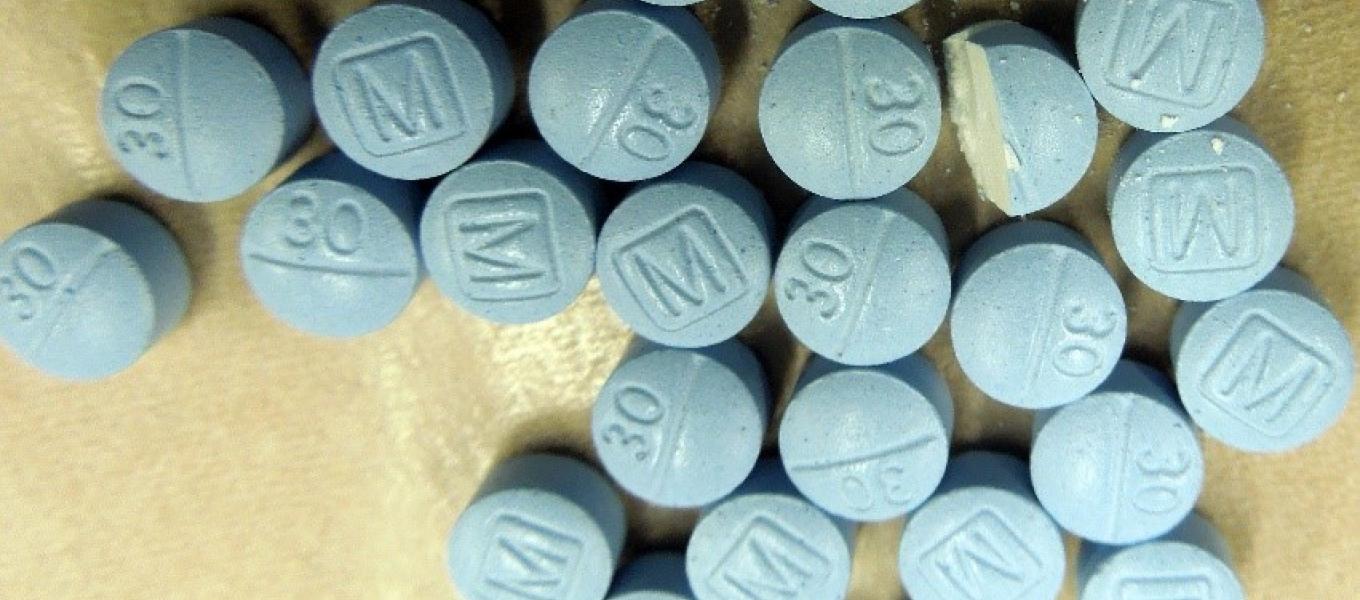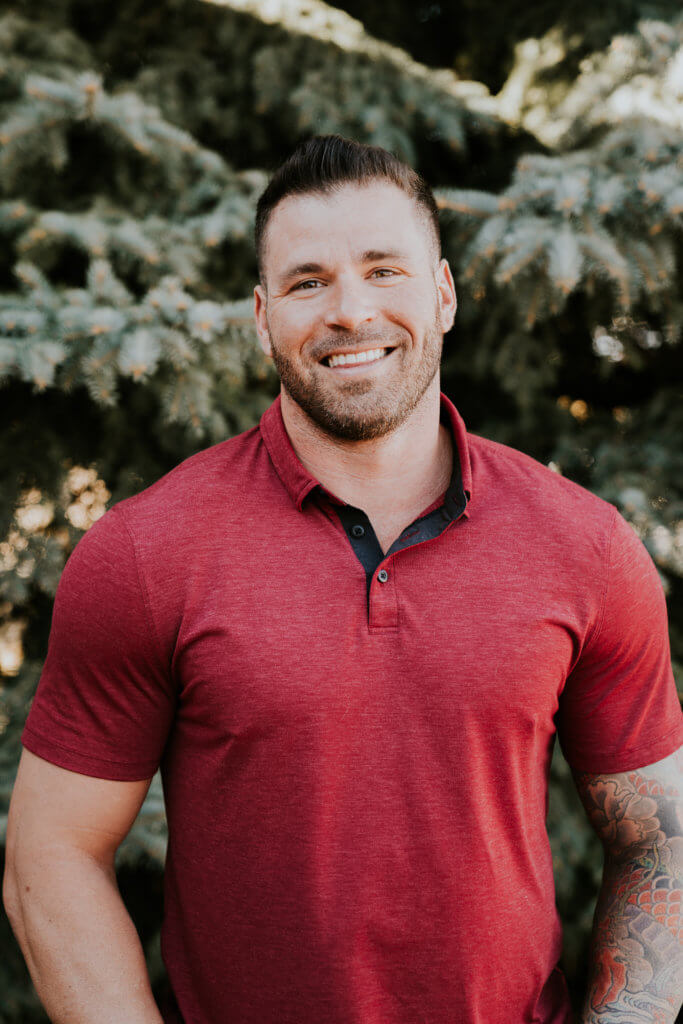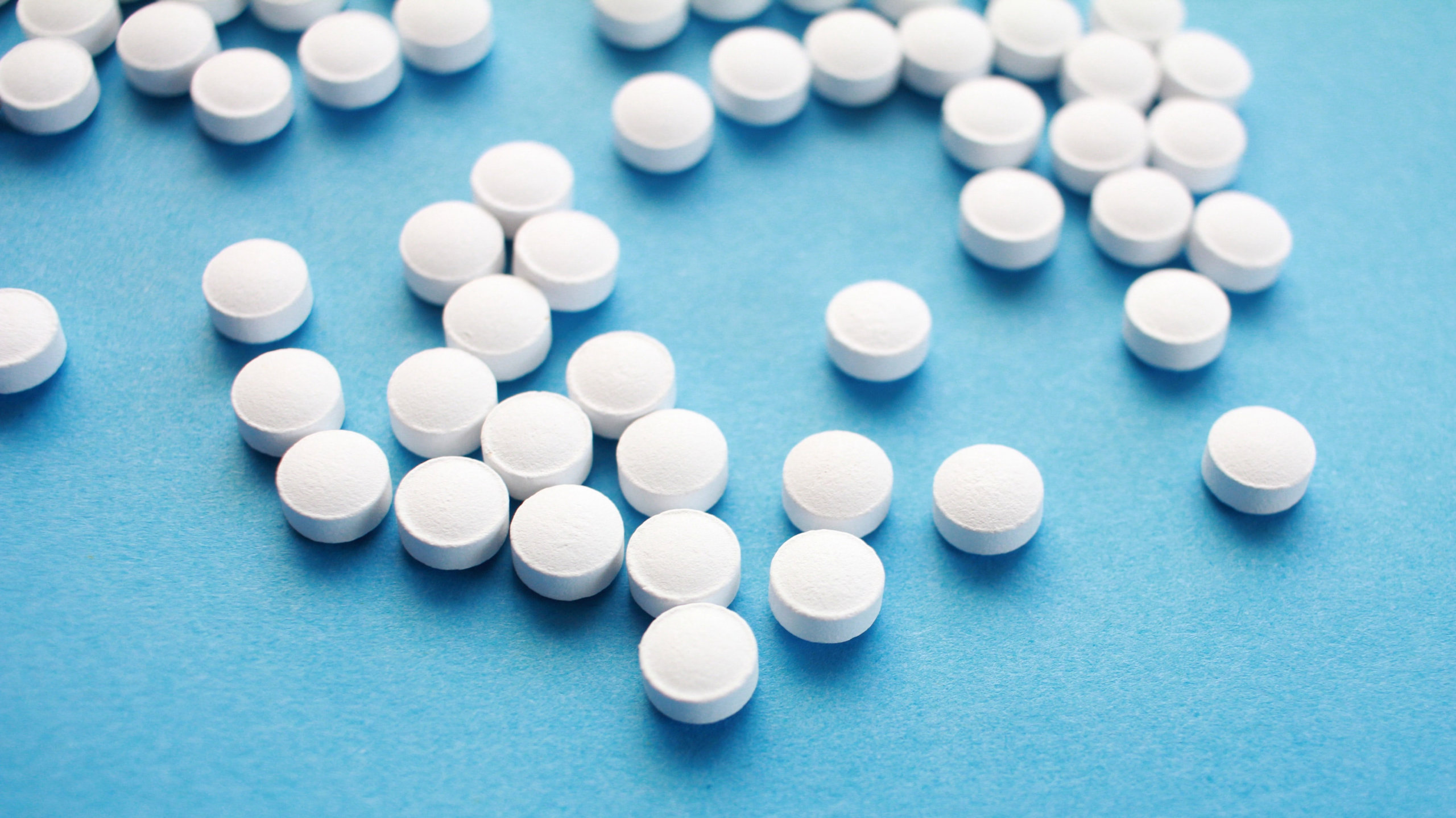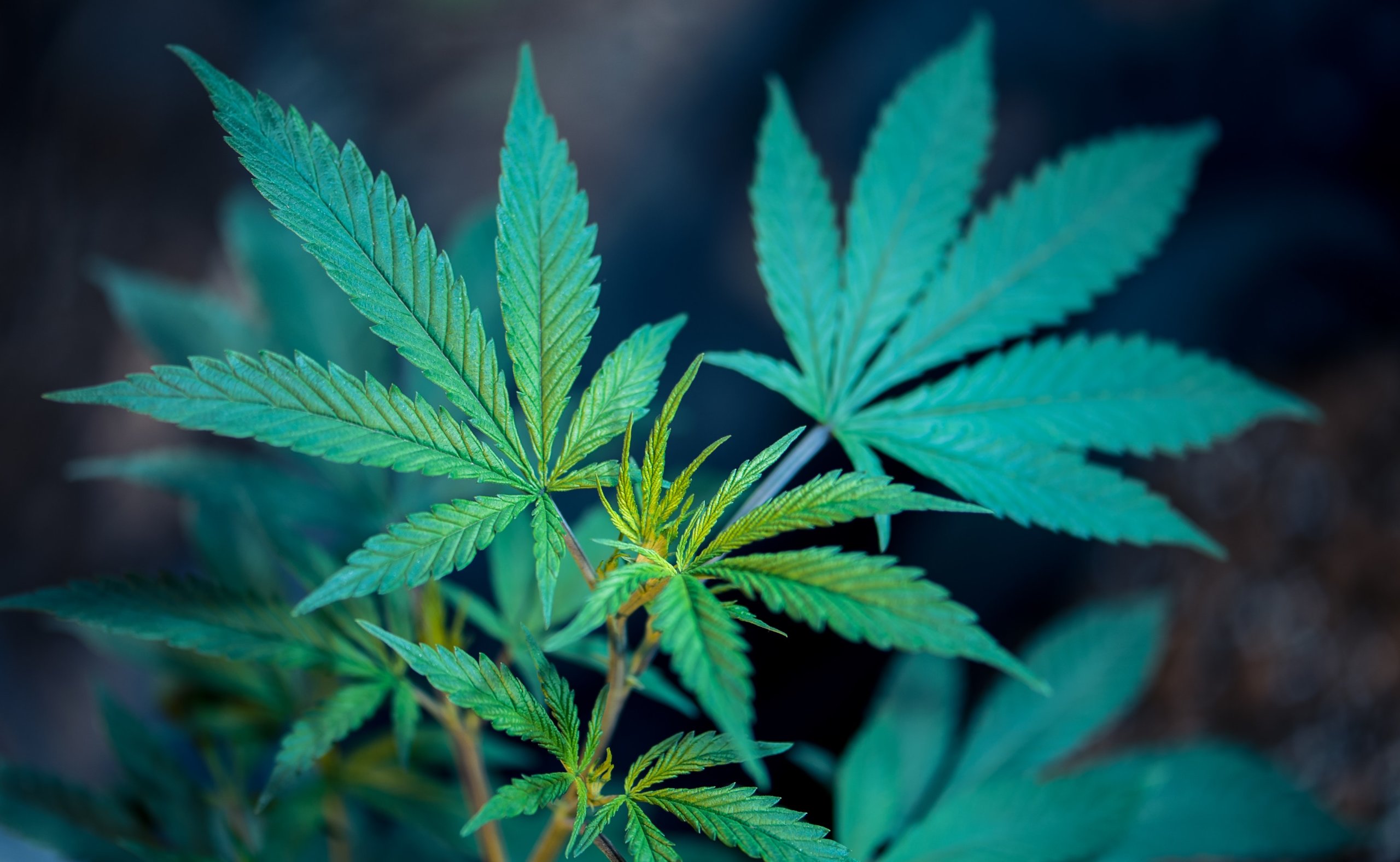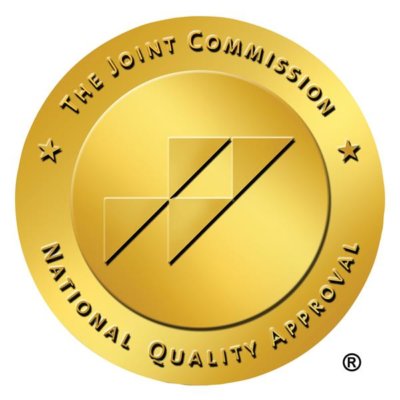
SAMHSA, the Substance Abuse and Mental Health Services Administration, defines Medication Assisted Treatment, or MAT, as the use of FDA approved medications, in combination with counseling and behavioral therapies, to provide a “whole-patient” approach to the treatment of substance use disorders.
At Redpoint Center, one of the most common substance use disorders that we see is Alcohol Use Disorder. This is largely a result of the prevalence and societal acceptance of alcohol use in our country.
Alcohol Use Disorder, as defined in the Diagnostic and Statistical Manual of Mental Health Disorders, 5th Edition, (DSM-V), was previously referred to as Alcohol Abuse and/or Alcohol Dependence in the DSM-IV. Alcohol Use Disorder is a broad term for any drinking of alcohol that results in mental or physical health, behavioral, interpersonal relationship or occupational problems.
At The Redpoint Center, we believe that recovery from an Alcohol problem is a process, not an event. We also believe that this recovery requires a combination of treatment modalities including individual and group therapy, recovery coaching, physical and wellness coaching, community building and medical evaluation. In some cases, our medical director, who evaluates all clients upon admission, might suggest Medically Assisted Treatment (MAT) to assist in the recovery from Alcohol Use Disorder.
There are several medications that can be invaluable in helping an individual abstain from alcohol and subsequently recover from Alcohol Use Disorder. If MAT is suggested by our medical director, it is only after a comprehensive physical examination has been performed and in conjunction with the other treatment modalities mentioned above.
One of the most commonly used medications to treat alcohol use disorder is naltrexone. Naltrexone works by blocking a receptor in the brain known as the mu-opioid receptor. The stimulation of these receptors is what causes the euphoric effects of alcohol, and by taking medications to block this receptor, a person will not get the same pleasurable sensations if they drink alcohol. Naltrexone has also been found to reduce cravings for alcohol, which can be very helpful in the initial stages of abstinence from alcohol.
Naltrexone comes in two forms: oral and injectable. The oral form, of course, only works if you take it. Therefore, some people prefer the injectable form (Vivitrol) which is given intramuscularly and stays in your system for four weeks.
The most common side effects of naltrexone are nausea, headache and dizziness, and these tend to diminish as a person continues to take the medication. It can also cause a mild elevation of liver enzymes, so your doctor might monitor blood work while you are taking this medication.
Another medication that has been used to help people with alcohol use disorder maintain abstinence is acamprosate. This medication works by modulating the neurotransmission of glutamate, which is a completely different mechanism of action than naltrexone. One drawback to acamprosate is that it needs to be taken orally three times daily, which is challenging for most people.
Although it has been shown to increase the duration of abstinence in people who stopped using alcohol in some studies, other studies have shown that it is no better than placebo. The results, therefore, are conflicting. The primary side effects of acamprosate include nervousness, diarrhea and fatigue. These symptoms usually diminish with continued use of the medication.
Disulfiram is another commonly used drug in the treatment of alcohol use disorder. It is also known by the trade name Antabuse. Antabuse doesn’t work by decreasing the desire to drink, but instead will cause a very unpleasant physical reaction if a person drinks alcohol while taking it.
Antabuse works by blocking an enzyme that breaks down one of the metabolites of alcohol, acetaldehyde. If a person drinks alcohol while taking Antabuse, acetaldehyde accumulates in the body and causes uncomfortable symptoms such as sweating, headache, flushing, shortness of breath, low bread pressure, nausea and vomiting. The result is that a person will not want to drink alcohol while taking Antabuse because they don’t want to get sick. Again, Antabuse only works if a person takes it, so a person has to be highly motivated to stay sober, or take the drug under supervision, for this drug to be considered.
There are other drugs that are being studied to treat alcohol use disorder, but clinical trials are limited. If one of the drugs above cannot be used, other options might include topiramate and nalmephene.
In summary, some medications have been found to be effective in the treatment of alcohol use disorder. MAT is used to increase a patient’s chance of long term sobriety, since up to 70% of people getting psychosocial treatment (counseling and behavioral therapy) alone, will relapse. However, it is imperative to stress that these medications should never be used alone, without some sort of psychosocial intervention, to treat alcohol use disorder.
If you or a loved one is struggling with alcohol addiction, drug addiction, Mental Health problems, Redpoint Center is here to help. Redpoint Center treats both adults and youth struggling with addiction and alcohol. To learn more about our Longmont Drug Rehab, call 888-509-3153.


